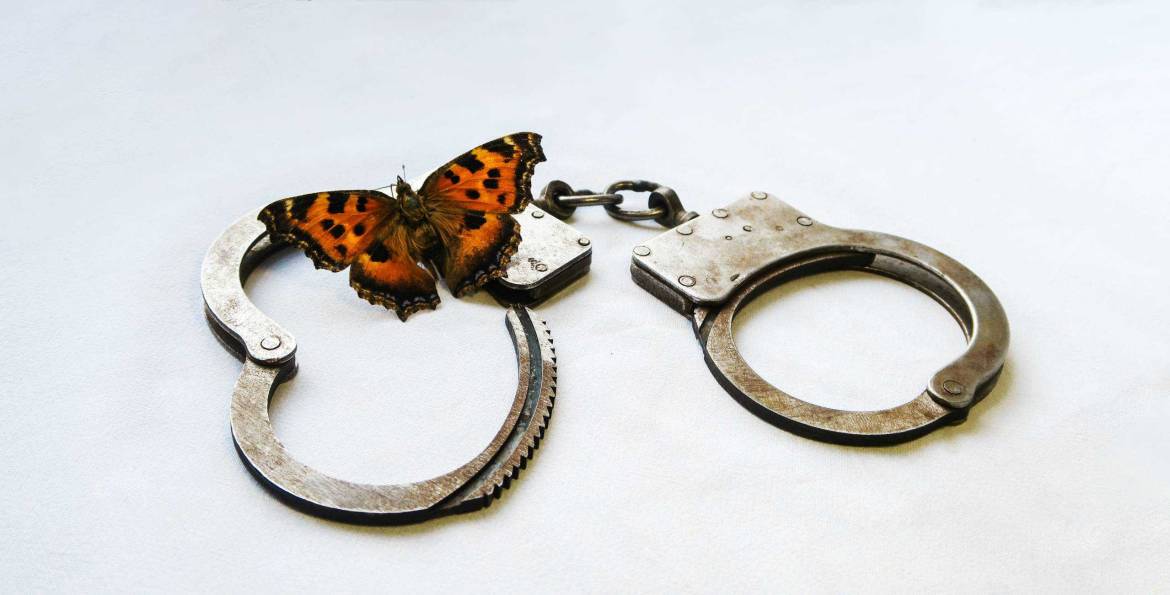Crime Doesn’t Pay
But thanks to restorative justice, the people who commit crimes can right their wrongs.
Starting November 21, National Restorative Justice Week begins across Canada. From Mirabel to Mont-Laurier, one organization stands out for its restorative justice work: Northern Valleys Alternative Measures (MAVN). Established over 30 years ago, this alternative justice organization manages the application of judicial and extrajudicial sanctions related to two Quebec government programs:
- The Youth Criminal Justice Act (YCJA), which targets young people who have committed an offence between the ages of 12 and 17;
- The General Alternative Measures Program (GAMP), which is meant for adults who have committed certain types of offences.
What is restorative justice?
It is a concept of justice:
- which takes into account the victim’s experience;
- which seeks to make the offender aware of the consequences of their actions;
- which plans for a process of reparation for the offence committed, either to society in general or to a specific victim.
Is restorative justice for everyone?
No. Whether it is the YCJA or the GAMP, the restorative justice process only applies to certain types of offences, and the offender must meet specific criteria. If you have committed an offence, ask your lawyer about your eligibility.
What kind of reparations are involved?
There are a variety of reparation measures, and each case is different. Sometimes a combination of measures will be chosen. Here are some examples:
- Financial compensation to the victim;
Donation to a community organization;
- Volunteer work in the community;
- Letter to the victim;
- Criminal mediation meeting between the victim and the offender.
Description of the photo
Even if restorative justice does not use the same mechanisms as traditional justice, the fact remains that a crime has been committed in the first place, hence the symbolism of the handcuffs. However, the handcuffs are open, which is a sign that there is a way to make amends and avoid a criminal record.
The possible forms of reparation, towards the victim or towards society in general, offer the offender the opportunity to grow, to evolve and even to flourish. Hence the presence of the butterfly, which represents the transformation of a person perceived as a criminal into a citizen who contributes to the society of which they are part.
To learn more:
See the services Repairing Together and Engaging Together.


Add Comment